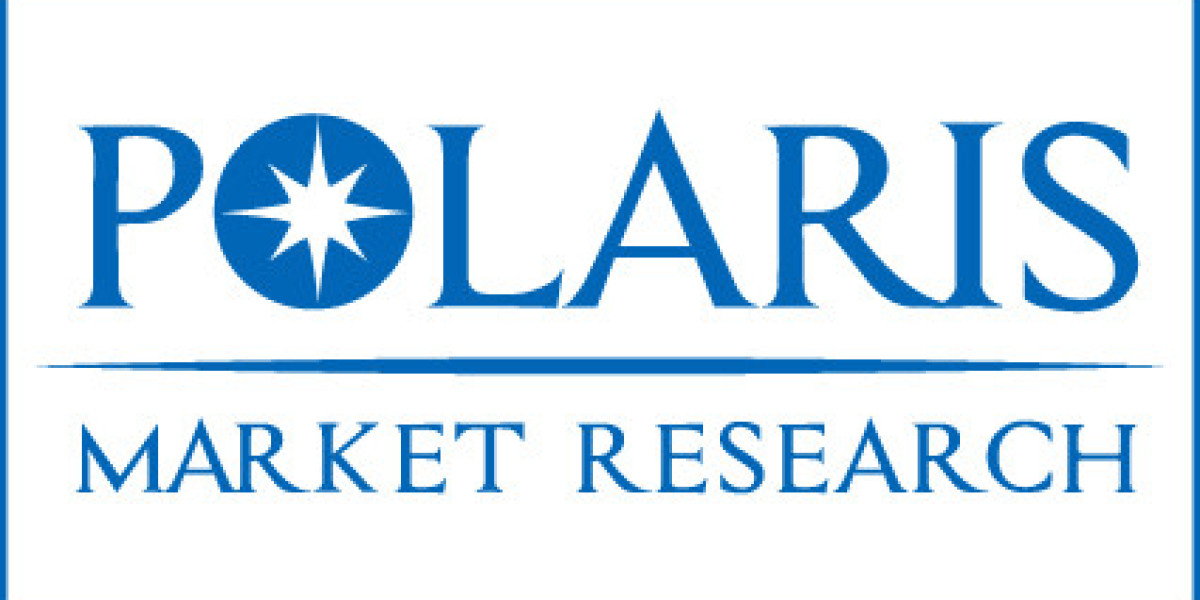Market Overview
The rare earth metal recycling market was valued at USD 236.13 million in 2021 and is expected to grow at a CAGR of 11.4% during the forecast period.
The global Rare Earth Metal Recycling Market is witnessing accelerating momentum as manufacturers, governments, and consumers prioritize circular economy practices and supply-chain resilience. Rare earth elements (REEs) — including neodymium, praseodymium, dysprosium, terbium, and others — are critical components in permanent magnets, electric vehicles (EVs), wind turbines, consumer electronics, and advanced defense systems. With primary mining constrained by geographic concentration, environmental concerns, and long lead times, recycling is emerging as a strategic and sustainable pathway to secure supply while reducing the environmental footprint of extraction.
Market drivers include rising EV and renewable energy deployment, stricter environmental regulations encouraging resource recovery, technological advances in separation and hydrometallurgical processes, and increasing corporate commitments to responsible sourcing. Together, these factors are creating robust demand for efficient and scalable rare earth recycling solutions across value chains.
Market Scope
The Rare Earth Metal Recycling Market scope spans multiple activities across the recycling ecosystem. Key scope points include:
- Feedstock Sources: Collection and recovery from end-of-life products (permanent magnets from motors and hard drives, fluorescent lamps, catalysts, batteries, and electronic waste), industrial process scrap, and manufacturing offcuts.
- Recycling Technologies: Mechanical disassembly and physical separation, pyrometallurgical treatments, hydrometallurgical leaching and solvent extraction, bio-leaching research, and advanced solvent/sorbent and ion-exchange methods for selective REE recovery.
- Value Chain Players: Specialized recyclers and material processors, engineering and technology licensors, OEMs integrating recycled content, waste management companies, and research institutions developing scalable, lower-cost processes.
- End Markets: Recycled REEs feed back into magnet manufacturing, battery materials, phosphors, catalysts, and other high-value industrial and consumer applications — enabling closed-loop manufacturing and reduced dependency on primary mining.
Market Opportunities
The industry presents multiple near- and medium-term opportunities for investors, technology developers, and policy makers:
- OEM Partnerships & Offtake Agreements: Electronics, EV and wind-turbine manufacturers can secure long-term access to recycled REEs through strategic partnerships and offtake agreements that guarantee feedstock supply and create demand for recycled content.
- Technology Commercialization & Scale-Up: Innovations in selective separation, lower-temperature processes, and process intensification offer potential to materially lower costs and increase recovery rates — unlocking new margin pools for technology providers and early adopters.
- Regulatory & Policy Incentives: Governments aiming to improve resource security and reduce environmental impacts can accelerate growth via subsidies, tax incentives, extended producer responsibility (EPR) rules, mandatory recycled content targets, and streamlined permitting for recycling facilities.
- Decentralized/Localized Recycling Hubs: Establishing regional recycling hubs near manufacturing clusters reduces transport emissions and lead times, improves circularity, and makes recycled REEs more attractive to local OEMs — especially in regions with aggressive clean-tech targets.
Regional Analysis
North America
North America is rapidly scaling rare earth recycling capabilities driven by strong EV uptake, domestic industrial policies, and supply-chain security initiatives. The U.S. and Canada are investing in pilot plants, R&D collaborations, and public-private partnerships to accelerate commercialization. Policy levers and defense supply-chain concerns continue to stimulate local recycling capacity expansion.
Europe
Europe presents a high propensity for recycling driven by ambitious climate targets, circular economy legislation, and aggressive decarbonization goals. The EU’s regulatory environment — including EPR schemes and critical raw materials strategies — incentivizes collection programs and investment into advanced hydrometallurgical recycling processes. Demand from wind and automotive sectors underpins regional growth.
Asia-Pacific
Asia-Pacific remains the largest demand center for REEs due to concentrated manufacturing of electronics, EVs, and renewable equipment. China continues to be a dominant actor in both primary production and recycling capacity, but other markets such as Japan, South Korea, and Southeast Asia are intensifying investments in specialized recycling and material-recovery technologies. Regional collaborations and technology transfers are likely as countries seek to diversify supply chains.
Latin America & Middle East & Africa (MEA)
Latin America and MEA are in earlier stages of market development but hold strategic importance for feedstock availability and future capacity. Growing interest from miners and processors in these regions to add recycling operations, combined with international investment, could stimulate local industry growth over the next decade.
Browse Full Insights:
https://www.polarismarketresearch.com/industry-analysis/rare-earth-metal-recycling-market
Key Companies
The Rare Earth Metal Recycling Market is characterized by a mix of specialist recyclers, materials innovators, engineering firms, and established metals processors. Leading actors — including dedicated recycling firms, magnet manufacturers integrating recycled content, and technology developers — are actively deploying pilot programs, scaling operations, and forming strategic partnerships to capture demand across various end markets.
(Note: As requested, this press release highlights key categories of participants and their strategic roles without listing miscellaneous or non-specified “Other Company” data.)
Industry Trends & Drivers
- Circular supply-chain strategies: OEMs increasingly set recycled content targets to reduce exposure to geopolitical risks and price volatility associated with primary REE supply.
- Technological advances: Improvements in selective separation chemistry and low-energy recovery processes are increasing yield and reducing environmental impact.
- End-of-life collection programs: Municipal E-waste initiatives and industry take-back schemes are improving feedstock streams, enabling higher recovery volumes.
- Sustainability credentials: Recycled REEs offer materially lower carbon footprints versus primary mined material, aligning with corporate ESG commitments and customer demand for greener products.
Market Challenges
Despite positive dynamics, the industry faces several challenges that require coordination across stakeholders:
- Heterogeneous feedstocks: REEs occur in complex matrices across many product types, making standardized recovery difficult and increasing processing costs.
- Economics of scale: Current recycling operations are often small scale; achieving cost competitiveness with primary sources depends on large-scale facilities and optimized logistics.
- Regulatory complexity: Permitting and cross-border shipment of electronic waste can be slow and inconsistent, hindering efficient feedstock movement.
- Technology maturity: While promising lab and pilot technologies exist, further scale-up is needed to ensure consistent recovery rates, lower reagent use, and minimized secondary waste streams.
Strategic Recommendations
To accelerate market development and strengthen resilience, stakeholders should consider the following actions:
- Build vertical partnerships between OEMs, recyclers, and magnet/battery manufacturers to create secure demand channels and co-invest in scaling facilities.
- Invest in feedstock collection infrastructure and standardized pre-processing to reduce heterogeneity and lower downstream processing costs.
- Support technology scale-up through public funding, demonstration projects, and shared pilot facilities that bridge the gap between research and commercial operations.
- Harmonize regulations to facilitate cross-border collection and processing while maintaining environmental safeguards and worker safety standards.
Outlook & Conclusion
The Rare Earth Metal Recycling Market stands at the intersection of environmental urgency and strategic necessity. As global demand for clean energy technologies and electrified transport grows, recycling will transition from niche to mainstream — offering a lower-impact, resilient alternative to primary extraction. Over the next five to ten years, stakeholders who combine innovative technology, strategic partnerships, and enabling policy frameworks will lead the market and capture the significant value created by closing the rare earth materials loop.
More Trending Latest Reports By Polaris Market Research:
Semiconductor Manufacturing Equipment Market
Europe Renewable Methanol Market
Galacto-Oligosaccharides Market








